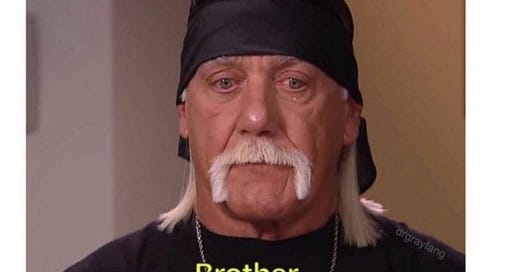Early 2000s delivery market
I used to work as a pizza delivery person from 2002 - 2004. Back then restaurants used to hire drivers to deliver just for them. I worked Fridays and Sundays, usually between 7-10pm along with 1 or 2 other drivers.
My pay was:
$4/hour (later bumped to $5)
$1/delivery (paid by the buyer)
~$3/delivery tip
I would make roughly 4 deliveries an hour so my take home would be around $20 an hour, which was great. I lived in a fairly dense suburb so the total miles on my car was around 20-30 miles per night, so maybe $1-3 gallons of gas even with my SUV (gas prices were ~$1.5 per gallon).
An example
Customer
Pizza cost: $20
Delivery fee: $1
Tip: $3
Restaurant
Original pizza price: $20
Amortized salary: $1
In total the driver gets $5 per delivery, 80% of which is paid for by the customer. There was some overhead like the guy making pizzas picking up the phone and writing things down, but in general everyone was pretty happy.
I don’t know if this was a typical scenario, but I don’t think it was widely coveted job. I just walked in, knew the owner’s niece, had a car and got a job on the spot.
Today’s delivery market
Workers still make around $18 an hour, which is kind of strange.
Surely this is story of the worker being squeezed out due to cut throat competition and a race to the bottom in terms of customer prices.
What customers pay
Here is a breakdown of what a customer typically pays today:
Base delivery fee: Usually $2-6, depending on distance and restaurant
Service fee: Typically 5-15% of the order subtotal
Optional tip: Generally $3-5 (15-20% of order value recommended)
Small order fees: Often $2-3 for orders below a minimum threshold
Surge pricing during busy times or bad weather
Okay, guess the customer is worse off.
Ok, maybe it’s a story about the greedy restaurants that just want to pass off delivery costs to the customers.
What restaurants pay
Commission fees: Most platforms charge restaurants 15-30% of the order subtotal
Setup and marketing fees: Some platforms charge additional fees for prominent placement
Hardware costs: Tablets or other equipment needed to receive orders
An example
Using the $20 pizza order from before (where it cost $24 and the restaurant made $19)
Customer:
Pizza cost: $20
Delivery fee: $3-5
Service fee (10-15%): $2-3
Optional tip (15-20%): $3-4
Possible small order fee: $0-2
Total customer cost: $28-34 (40-70% more than the pizza's original price)
The restaurant would receive:
Original pizza price: $20
Minus platform commission (15-30%): $3-6
Restaurant's net amount: $14-17 (70-85% of the original pizza price)
So maybe it’s really a story about these greedy food delivery companies
Despite their massive growth, most food delivery companies have struggled to achieve sustainable profitability. DoorDash has only been profitable for one quarter (Q2 2020) when it made $23 million in profit, while Uber Eats has consistently operated at a loss. As one industry analyst noted, "It took a global pandemic to drive the firm's one quarter of GAAP profitability."
I guess no one is making out. Which begs the question, what the hell is going on?
What’s different between today and early oughts?
Restaurants used to manage their drivers. They probably didn’t like to do this. There is overhead with management like looking at maps, taking calls, people not showing up, etc. There’s also inefficiencies considering sometimes you have to send a driver out with only one delivery. Today’s market should be better.
Imagine if you could pool resources.
For instance, a driver can drop off a delivery on the other side of town, and then stop by some restaurant on that side of town to deliver something closer to where he started.
Imagine a restaurant had infinite supply of drivers. They never pay anyone to sit around, and if they have a surge, there’s always ready and willing drivers ready for them.
Imagine they all had GPS and could calculate optimized routes and a lot more people were ordering food so buildings made accommodations for the surge of deliveries.
Imagine you can take orders without picking up a phone and just have them presented to you on a screen.
The funny thing about this is that it should all bring prices down. Restaurants and consumers should pay less and drivers would be more efficient so they should get paid more. But the opposite has happened. Everyone is worse off. And I have no idea why.



